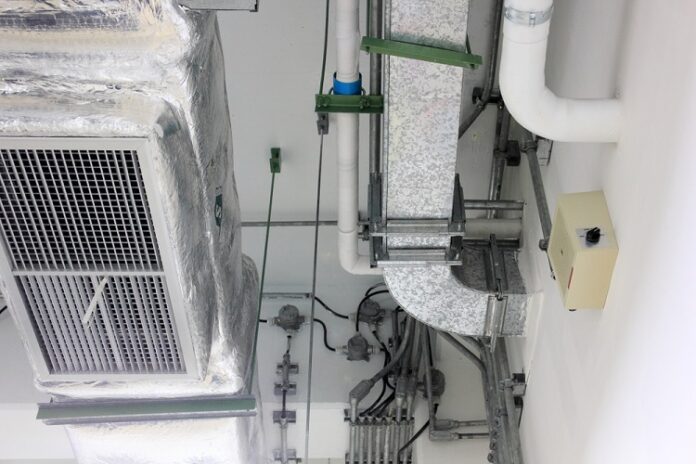Strut channels represent a lightweight and effortless solution for diverse wiring, commercial construction, and plumbing ventures, catering to all scales and types of projects. These channels present an array of choices to seamlessly connect different strut lengths swiftly and efficiently. In the event of uncertainty surrounding the strut system or its potential applications, this article has compiled a comprehensive guide to elucidate all aspects of the products, their practical uses, and intricate specifications.
Table of Contents
What is a Strut System?
In the construction, automobile, and electrical industries, steel strut channels serve as a lightweight structural solution, purposefully designed to offer support. Beyond the typical application of the strut system in providing support, these channels also find usage in bolstering mechanical components for larger appliances. Their versatility extends to diverse applications, including storage racks, ceiling support grids, tooling and equipment support, and much more.
These strut systems hold an industry-grade standard, making them a common choice for commercial buildings and construction projects alike. Particularly, power struts excel at providing robust support to electrical and light structures within buildings. Their primary function is to support mechanical, plumbing, and wiring elements, including vital systems like air conditioning or HVAC.
Why Is Using a Strut Channel System Necessary?
Within the realm of commercial construction for buildings across the USA, strut channels find prominence. This is due to the multiple options they offer for conveniently interlinking various components to the struts, predominantly utilizing bolts and fasteners designed for struts. Some other reasons to utilize strut channels for commercial purposes are as follows:
- The utilization of strut channels presents a more cost-effective and convenient alternative compared to employing steel bar stock. The latter necessitates welding, along with bolting and drilling, incurring both financial expenses and demanding more labor and expertise. In contrast, power struts do not entail extensive bolting and drilling like custom steel fabrication does.
- Within the construction industry, power strut channels offer a notable advantage through their easy and quick assembly process, requiring only a few essential tools. The process does not demand skilled or highly-trained laborers to commence the installation. Moreover, a strut channel installation can be readily modified or expanded with ease whenever the need arises.
- Typically, the material employed for manufacturing these channels comprises sheet steel. In order to maximize their strength, strut channels are commonly fabricated by combining and welding two struts together, which enables stronger connections on both sides of the channel. Alternatively, pre-welded sets of three or four struts can be acquired, offering convenient options for creating practical connecting patterns.
Conclusion
Strut channels are dynamic in nature due to multiple hole patterns. Within the construction sector, the power strut system finds versatile applications, such as accommodating data and electrical wires, supporting pipes, and securing other mechanical components. In commercial constructions, these channels play essential roles in stabilizing and mounting lightweight structural loads. Besides, the use of shaped-end straps enables the convenient interlinking of cables, pipes, and other circular items with the strut channels, further enhancing their utility.


















